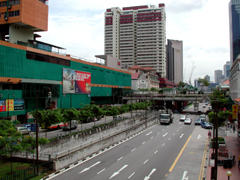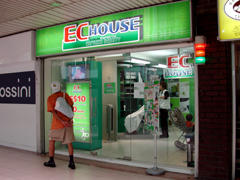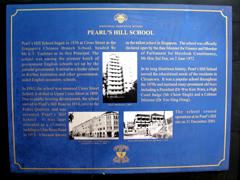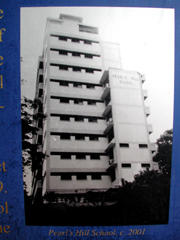I had the good fortune of testing out the escalator and checking out the shop units as the complex opened to the public, with only a few shops opening. It was novelty for the Singaporeans, especially the residents of Chinatown. The Chinese emporium was the anchor tenant that attracts the crowd with its cheap products.

Today, People's Park Complex has evolved many times, upgrading to hold on to the crowd that has since been distracted by many other shopping centres. To Chinatown, this is an icon of modernisation. It will continue to evolve to make itself attractive and meaningful to the shoppers and residents of Chinatown.








